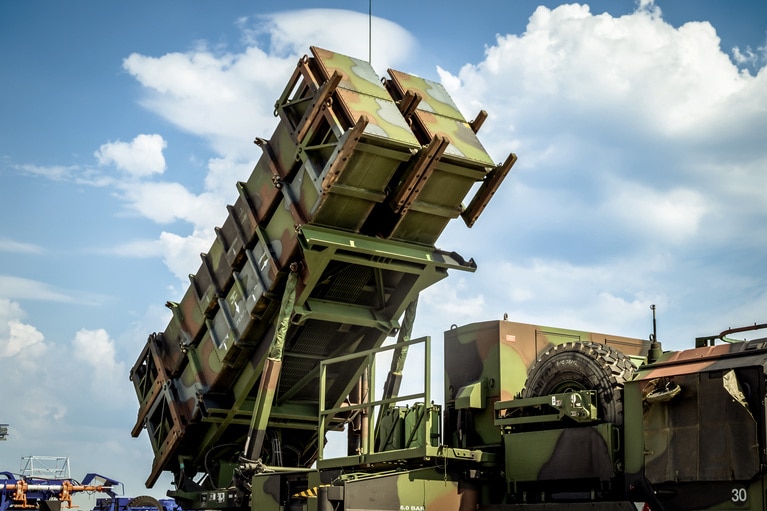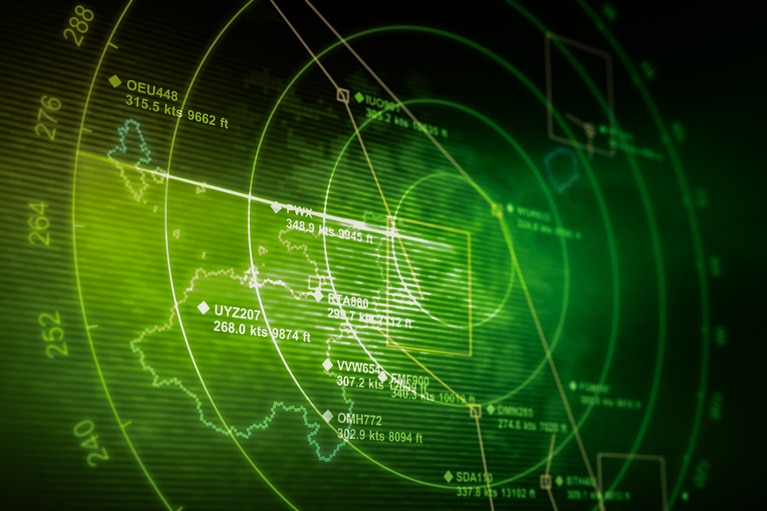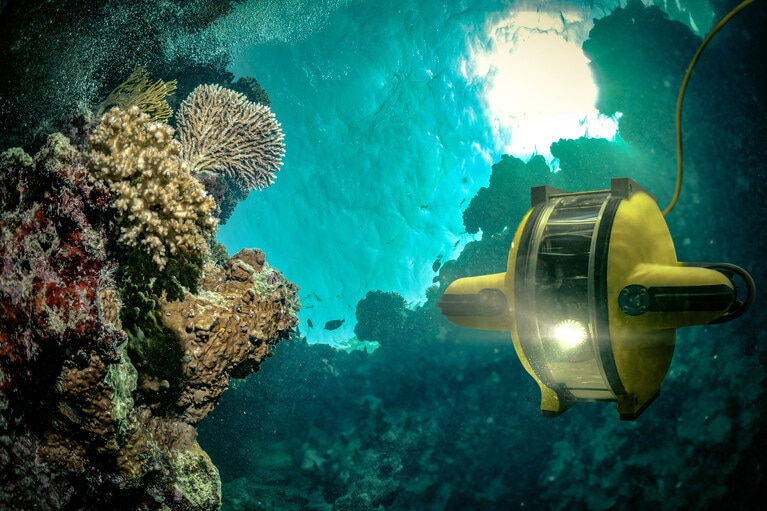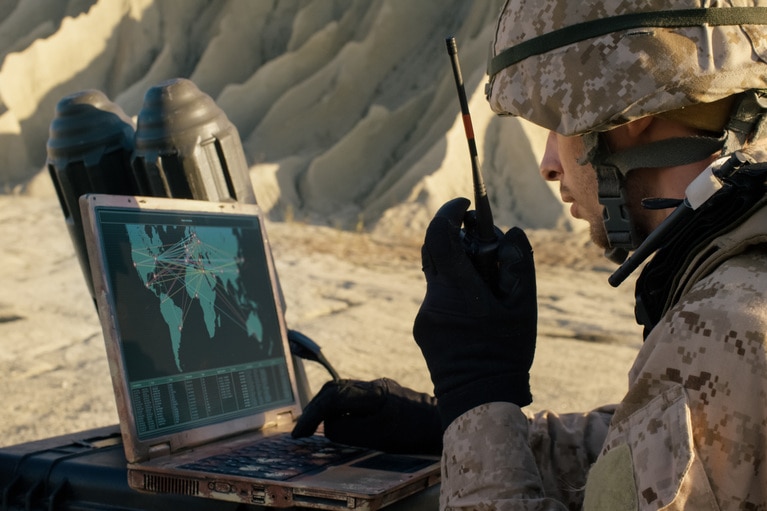
Efficiently powering the growing suite of advanced on-board sensors
Learn how Vicor delivers high power with efficiency and reduced weight air-to-surface (ASM) missiles
The protection of the system against transients is not only a fundamental part of the development but can also become a major challenge during the design cycle.
These are transient voltages between the supply lines itself and can be generated by sudden load changes like a load on/off switch, bouncing of relays, motors, short circuits or instabilities of the source itself. Imagine a powerful motor connected to the same supply voltage as the power supply of your system. With full load this motor is taking a lot of energy from the supply source. When the load disappears – or even worse, if the motor has to go into break mode – this energy will be fed back into the source and can generate high overvoltages with a significant amount of energy.
The same can happen if inductive loads are switched off. According to the laws of physics, an inductor will maintain the current due to the stored energy. However, if disconnected all of a sudden, the voltage goes up very rapidly. The higher the impedance in the system the higher will be the voltage spike. One may think that this only happens in a heavy industrial environment or in railway applications, where you can even see the arcing between the pantograph and the catenary during short interruptions of the connection. But even in domestic applications, a fuse may blow due to overload or a short circuit. Suddenly, your TV set gets a high transient voltage at the input due to the wires and some other inductive components in the electric installation.
These transients occur between the input lines and the ground or chassis of the system. Typical sources are electrostatic discharging, which can happen when someone touches the metal chassis of a system. This normally does not do any harm to the system and, in improperly designed systems, it may cause a short interruption. But there are other sources like very strong electromagnetic fields which worst-case are caused by lightning strikes near the equipment.
This brings us to another point of consideration, which is the energy content, the transient source impedance and the duration of the transient voltage itself. While in most cases electrostatic discharge has low energy combined with high source impedance, one can imagine that it’s just the opposite when lightning strikes a system or the supply lines. In the case of differential mode transients, a 10W motor certainly generates transient pulses with lower energy compared to one with a power of 100kW.
Therefore it is necessary to look up the values defined for these transients in the applicable standards. They are based on long term experience and real measurements in various applications and under different operating conditions. It’s not only the maximum voltage but also the duration and the energy content or source impedance that can be found in these standards. Due to their experience, Vicor application engineers can assist in finding the right standard. The next step is to select the correct strategy to protect the system. First of all the converter itself has to work over the full rated nominal input voltage as every transient suppression circuit can only protect the system for a limited period of time. Transients with the duration of a few ns or µs and lower energy content may be blocked by passive filters or simple active protection devices like varistors or transzorb diodes.
For higher energy pulses with voltages up to 3-4 times the maximum nominal supply voltage, and sometimes aduration of several ms, this simple approach is no longer possible, and more complex active clamping circuits are needed. During the transient pulse the power supply is either electronically disconnected from the source or a linear regulator limits the current and voltage at the front end. By using the appropriate complete filter solution, like the FIAM110 for railway applications the system will be protected.
Product overview: FIAM110 filter input attenuator module
Application note: MIL EMI and transient solutions
Efficiently powering the growing suite of advanced on-board sensors
Learn how Vicor delivers high power with efficiency and reduced weight air-to-surface (ASM) missiles
Compact, efficient power solutions enable improved countermeasure capabilities
Explore Vicor's efficient and reduced weight power delivery network for electronic warfare countermeasures systems
Reducing I2R losses to enable extended missions
Learn how Vicor delivers high power with efficiency and reduced weight for electronic countermeasures
Supporting more functionality, increased payload and longer run time
Learn how Vicor delivers high power with efficiency and reduced weight that allows for greater payload options to support mission success


